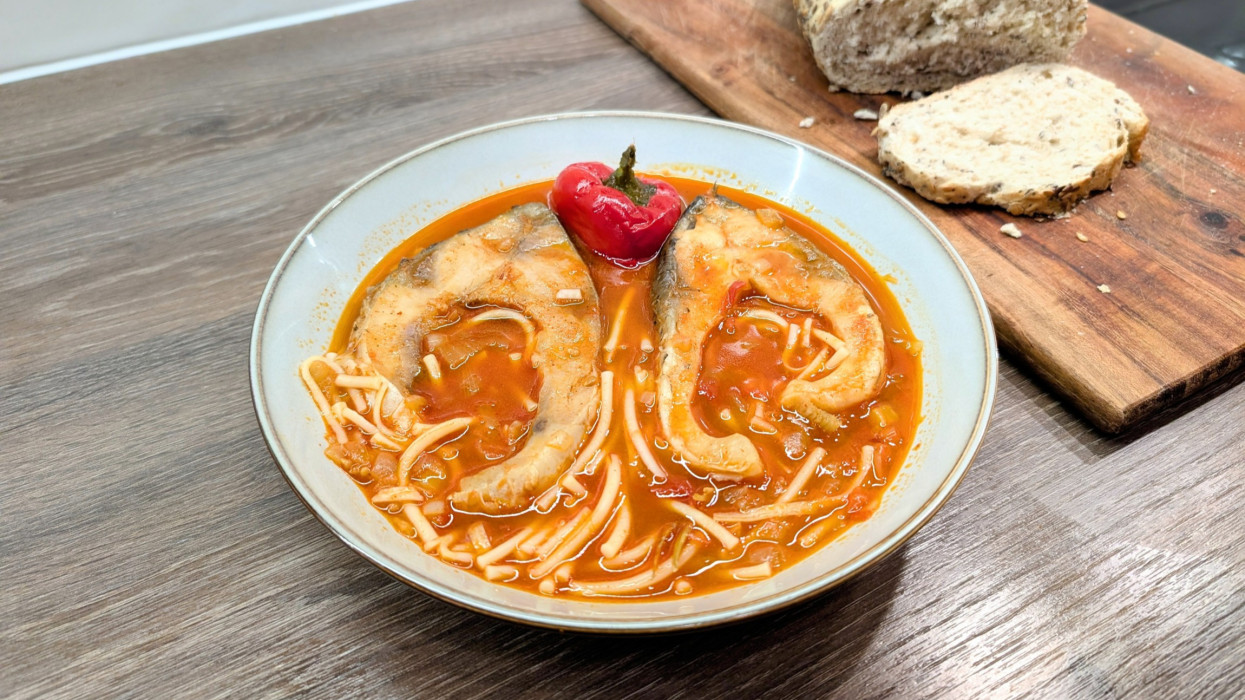The combination of mechanical weed control and band spraying technology, for example, offers an immense potential for savings on crop protection agents, resistance management and so on. And improved forecast models, closely linked to application technology with improved sensors, application maps and nozzle technologies, can further improve arable cropping and make it more sustainable for the future. The improved or expanded capacity utilisation of the field sprayer with electronics and/or the ability to apply liquid fertiliser offers practitioners many new options that must be taken into account when making new purchases.
Many solutions to problems can be discussed and discovered at Agritechnica 2019. Farmers do not just want to hear promises, they want to see and touch real solutions in order to face the entire range of issues in an operationally optimised manner.
How can performance be increased further?
With continually increasing farm sizes, performance increases continue to have a high priority when purchasing new sprayers. In line with this trend, and due to the fact that crop protection must take place on schedule, large sprayer tank volumes continue to be importance when making purchasing decisions. Volumes considerably more than 10,000 litres are now not uncommon, and are considered by many as an important step towards increased performance without moving immediately to a self-propelled sprayer. However, farmers must not lose sight of the filling logistics involved with such large volumes. This may start with the closed filling systems for crop protection products, and continue with mixing stations on the farm all the way up to water logistics in the field.
Due to erratic weather conditions and the changing load capacity of the soil, there are also increasing calls for the use of light sprayers in order to get out onto the fields in good time. For all the ever-faster and larger technology, farmers must continue to be aware of the requirements for tractors with regard to axle loads (especially with front-tank systems), permissible total weights, and so on. It will quickly become apparent that, in addition to the technical aspects, conditions in the field will be the decisive factors as to what works and what does not.
Sprayer boom assembly stability makes another significant contribution to sprayer choice. This is a basic requirement for the uniform application of the crop protection product, and can also be a limiting factor with regards to driving speed. It should not be forgotten that precise application is the basis for effective crop protection without leading to problems with resistance.
Intelligent crop protection technology
One trend is obvious across all spraying systems, and that is increasing the utilisation of the sprayer. Electronic aids are certain to be an important factor here, beginning with corresponding diagnosis and forecasting models. First of all, it is necessary to know the situation in the field. In the recent past, there was a desire for real-time solutions that carried out all necessary tasks during a single pass across the field. However, there are now approaches for creating application maps beforehand with the help of drones. These systems have the major advantage the exact treatment area can be calculated. Then, the exact volume of spray can be mixed, eliminating any residual quantities that could cause disposal difficulties. In addition, more complex and more exact sensors can be used for detection, as only one sensor is required on the drone. Even more exact crop protection is possible if the sprayer boom has section control to allowing individual nozzles or groups of nozzles to be turned on and off based on the application map, but, of course, this can dramatically increase the price of the machine.
However, for all the electronic support and the large number of individual spray modules that are available, there is also an increasing demand from farmers for user friendliness and complete solutions. For this reason, it is hardly surprising that manufacturers required comprehensive, open solutions that implement an intuitive decision support system for the target-oriented, on-schedule, precise application of crop protection agents. In particular, support that provides documentation to support the legal application of crop protection products has the potential to provide the greatest benefit to farmers.
Environmentally relevant topics also help in practice
If a trend towards hoeing technology was apparent at Agritechnica two years ago, then this will certainly continue this year. Here, combined processing systems can make a major contribution to reducing crop protection agents. This means decoupled systems, for example optimised, high-performance band spraying systems, combined with inter-row hoes, which also have a correspondingly high performance. With these systems, farmers can realise considerable potential for savings under corresponding climatic conditions without having to sacrifice efficiency in treatment. Even farms that do not completely dispense with chemical crop protection will find innovative control systems for hoes that leave nothing to be desired.
Which nozzle is the best?
Virtually all manufacturers offer a range of nozzle types that allow farmers to choose from a broad range of JKI-recognised (Julius Kühn-Institut – Germany's Federal Research Centre for Cultivated Plants), reduced-drift nozzles to find the ideal nozzle for their farm. However, it should be ensured that optimising drift reduction does not compromise the biological effect of the crop protection product being applied. Similar consideration should be given in the context of applications made using reduced water quantities or increased driving speeds. The main objective should be to apply the required quantity of active ingredient with sufficient water, particularly if the product needs to penetrate the crop canopy. Here, dropleg systems can be used, for example in oilseed rape, to carry out crop protection applications below the crop canopy that are bee-friendly.
In the operation of pulse-width modulated nozzles, it is apparent that sometimes even this technology needs further development even though it has already been a topic of discussion for several decades. However, now systems are turning up that reliably work with frequencies from 20 to 100 Hertz and allow various possibilities to be realised. In addition to curve compensation and spot spraying, application quantities can also be varied. These systems demonstrate an enormous potential for fulfilling the constantly growing requirements and conditions in practice
At the end of the day, all these technologies have the same goal: only applying as much crop protection product as is needed, as accurately as possible, to implement a comprehensive integrated crop protection plan.
Article by Harald Kramer, North Rhine-Westphalia Chamber of Agriculture (Crop Protection Service)






